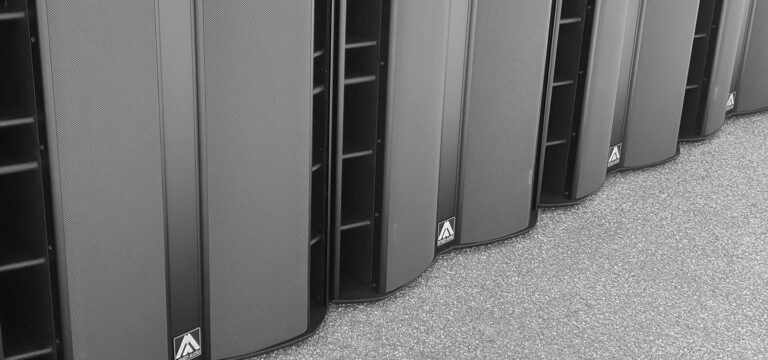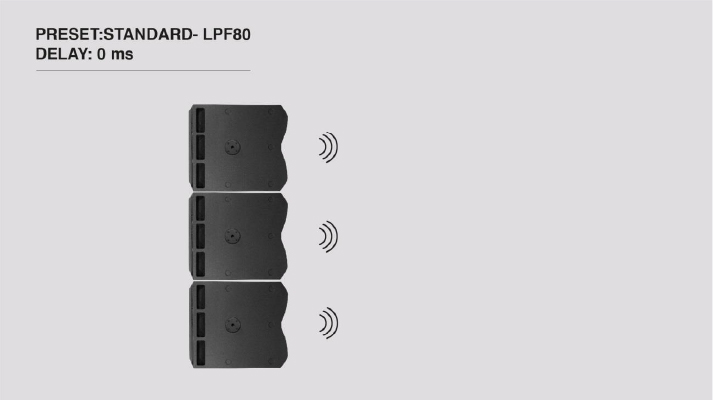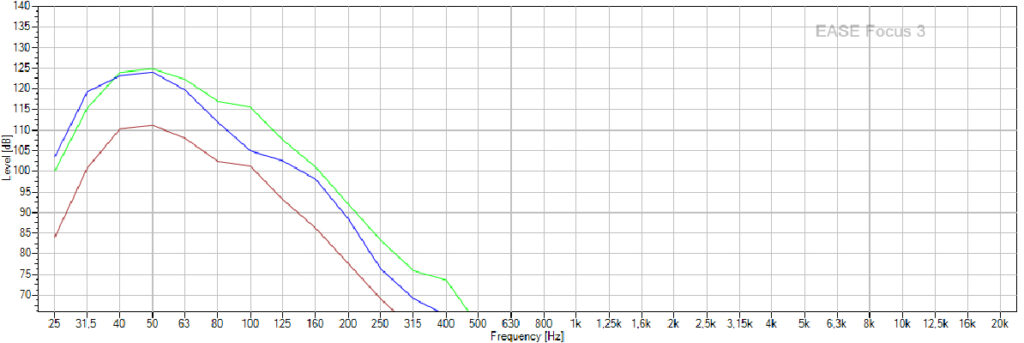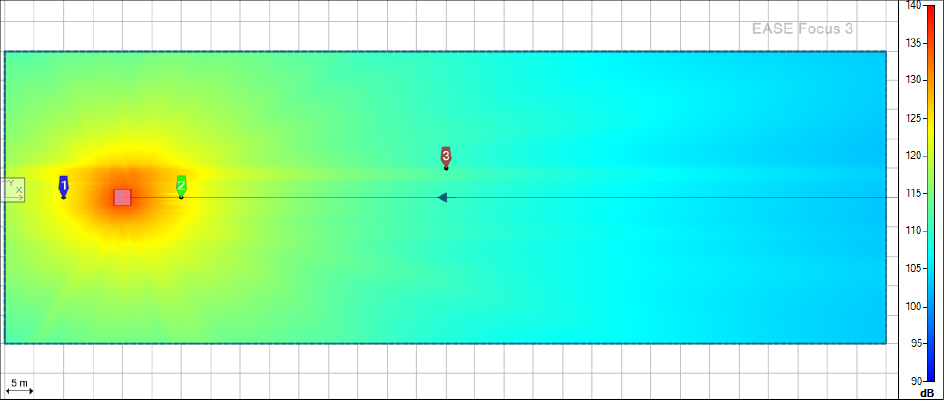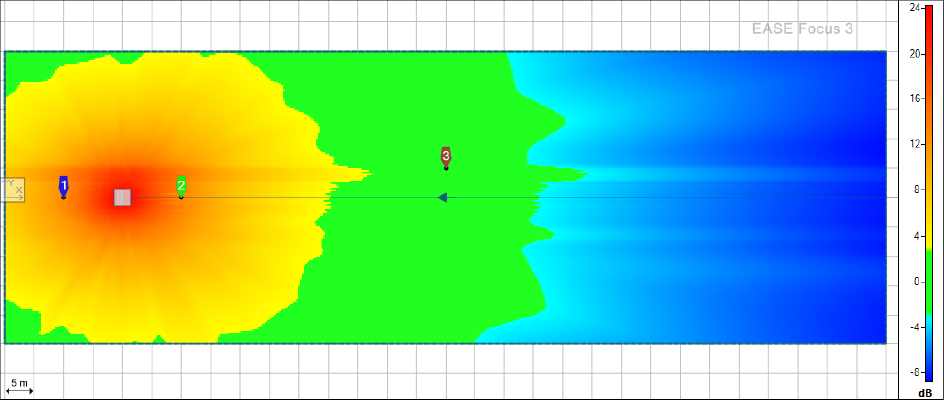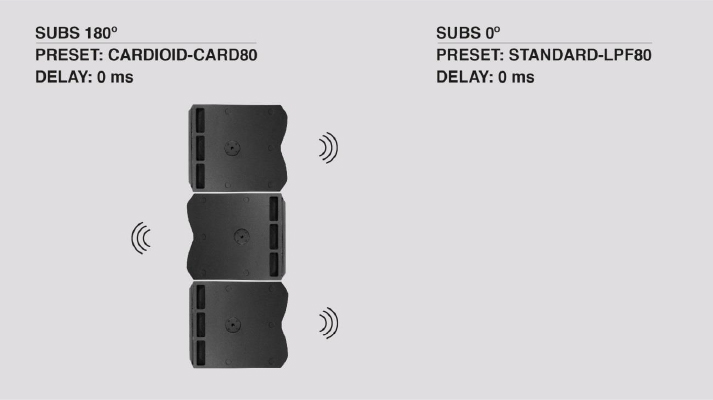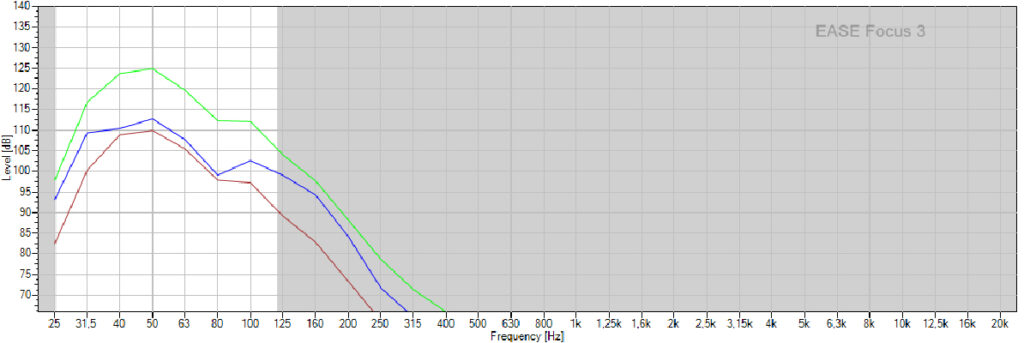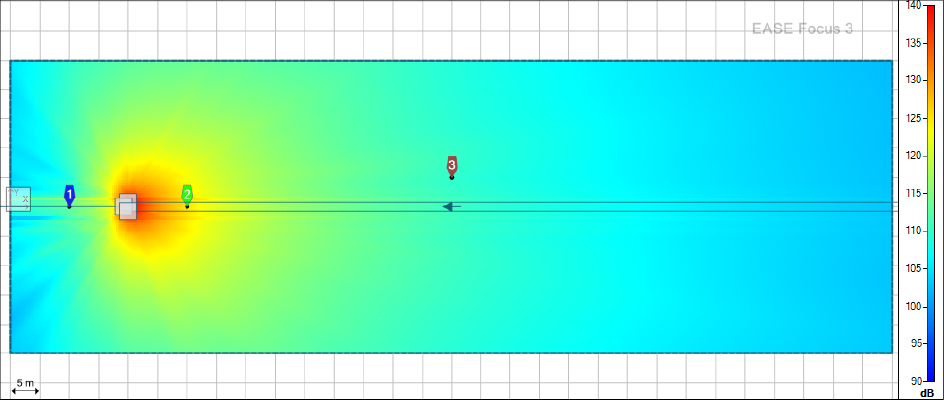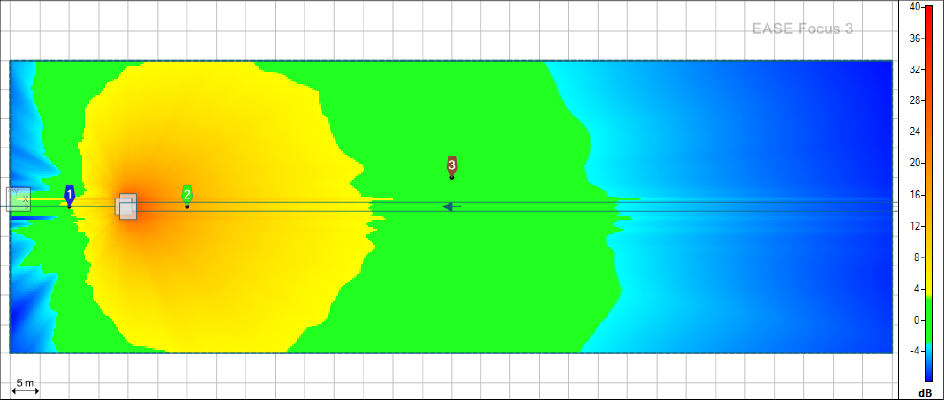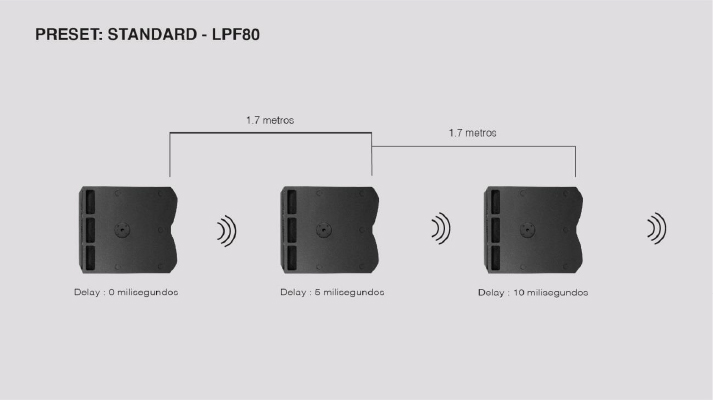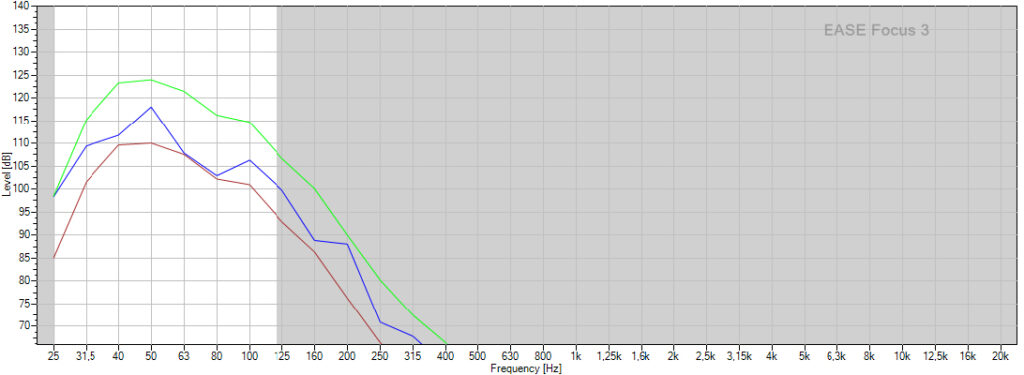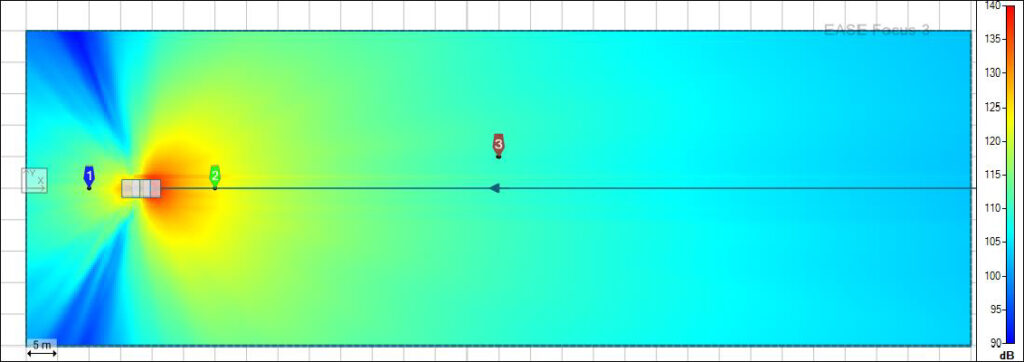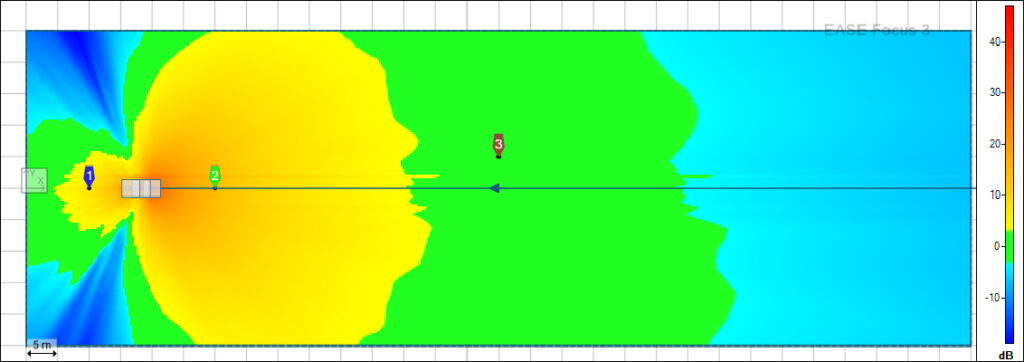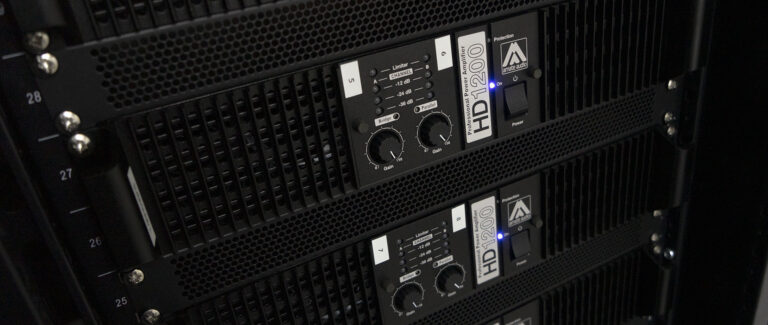Los arreglos de subwoofer se usan en las aplicaciones refuerzo de sonido tanto para controlar el patrón de directividad de las bajas frecuencias como para controlar la distribución de la presión sonora por toda la zona de audiencia.
En el documento adjunto mostraremos las configuraciones más típicas y otras no tanto. El objetivo es facilitarte la elección del array más conveniente para tu aplicación. Ten en cuenta que estas simulaciones son teóricas, y que muchos son los elementos que pueden afectar al rendimiento del subwoofer array. Para todas las simulaciones del documento adjunto hemos usado un subwoofer
Amate Audio Xcellence X218WF.
El principio de funcionamiento de los arreglos de subwoofer se basa en la interferencia destructiva de las ondas que emiten dos o más subwoofers. Colocando los subwoofers en cierta posición y programando sus DSP con un delay concreto, logramos provocar interferencia destructiva en aquellas zonas donde no queremos presencia de ondas sonoras con frecuencias graves.
Como breve introducción presentamos a continuación las configuraciones más básicas. Recomendamos descargar el documento adjunto donde podremos encontrar configuraciones más avanzadas y visualizar el gran potencial de nuestros sistemas.
